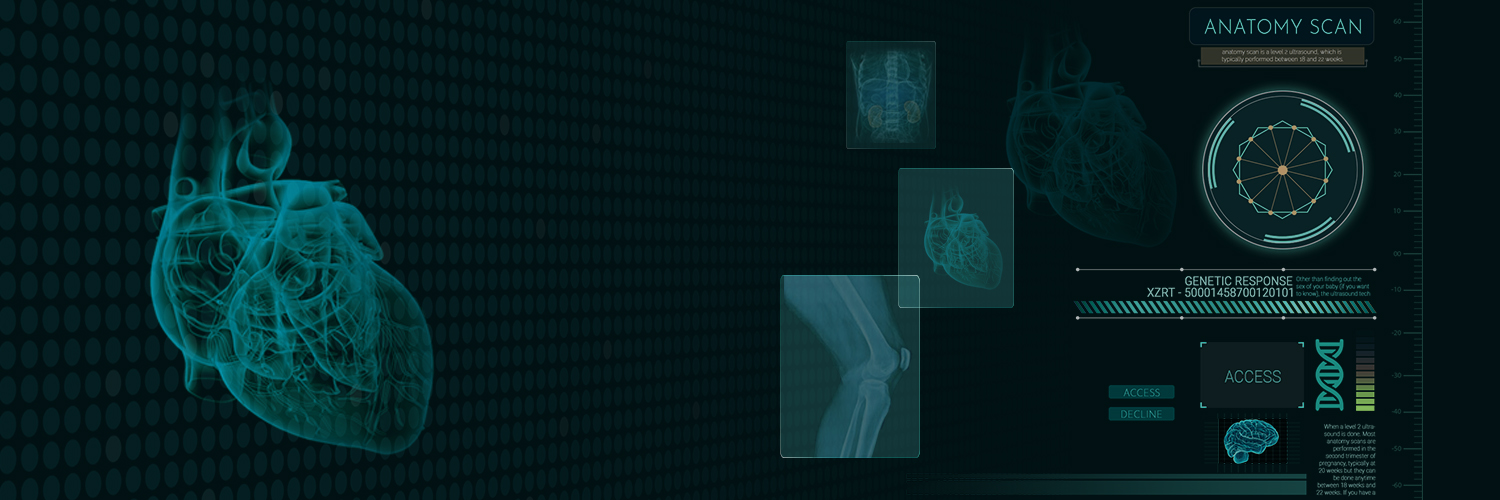
Infectious agents
MICROBES AND DISEASE
Microbes or microorganisms are small, unicellular organisms which cannot be seen with the naked eyes. While some microbes are useful in our day to day life others are harmful to our health. The harmful microorganisms are called pathogens like, bacteria, viruses, protozoa, and a few variations of worms. These agents enter the body directly or through some vector/agents like mosquitoes. They cause infectious chronic disease.
They invade the host cell, and disrupt or damage the normal cellular activities leading to diseases on a larger scale. Several diseases are caused by microbes
These infections have different source and means of transfer. Bacterias spread disease through different paths than viruses. Contaminated food and water are the main source of bacterial infection while air is the main carrier of viral diseases. Hence, bacterial and viral diseases are usually communicable. Direct physical contact i.e. blood transfusion, breastfeeding, sexual contact etc. are other means of transfer of pathogens.
Certain pathogenic diseases are organ or tissue-specific like, tuberculosis affects the lungs of the individuals while Jaundice causing viruses targets the liver. The depth or severity of infection depends on the amount and rate at which microbes spread.
1. Malaria
Symptoms
Prevention
The only way to prevent malaria is to take precaution against mosquito bites.
Control
In order to treat a person suffering from malaria, a drug named quinine, which is extracted from the bark of Cinchona tree is used
1. Influenza
Symptoms
2. Jaundice / Hepatitis
Symptoms
Prevention
To avoid infection of hepatitis A, following preventive measures should be taken
Control
3. Rabies (Hydrophobia)
Symptoms
Prevention
Control
4. AIDS
AIDS spread because of following reasons:
Symptoms
Some important symptoms of AIDS are as follows:
Prevention and control
5. Polio
Symptoms
Prevention